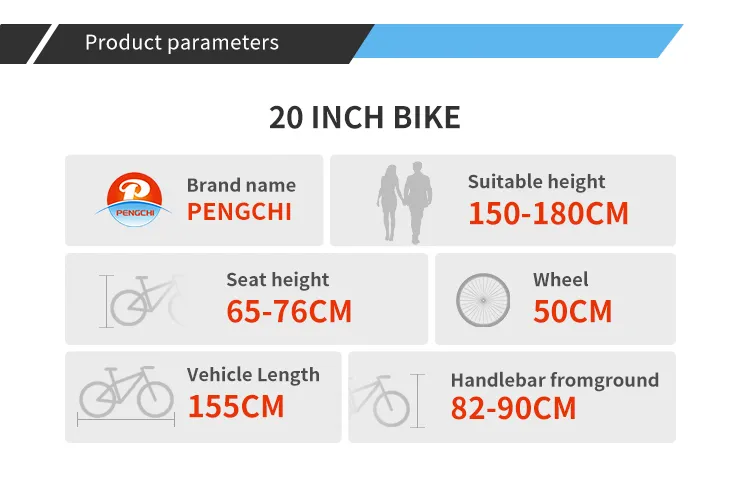
-
 Afrikaans
Afrikaans -
 Arabic
Arabic -
 Belarusian
Belarusian -
 Bengali
Bengali -
 Bulgarian
Bulgarian -
 Croatian
Croatian -
 Czech
Czech -
 Danish
Danish -
 Dutch
Dutch -
 English
English -
 Finnish
Finnish -
 French
French -
 German
German -
 Greek
Greek -
 hawaiian
hawaiian -
 Hebrew
Hebrew -
 Hindi
Hindi -
 Hungarian
Hungarian -
 Indonesian
Indonesian -
 irish
irish -
 Italian
Italian -
 Japanese
Japanese -
 Javanese
Javanese -
 kazakh
kazakh -
 Khmer
Khmer -
 Korean
Korean -
 Kyrgyz
Kyrgyz -
 Lao
Lao -
 Latin
Latin -
 Luxembourgish
Luxembourgish -
 Malay
Malay -
 Myanmar
Myanmar -
 Norwegian
Norwegian -
 Persian
Persian -
 Polish
Polish -
 Portuguese
Portuguese -
 Romanian
Romanian -
 Russian
Russian -
 Serbian
Serbian -
 Slovak
Slovak -
 Somali
Somali -
 Spanish
Spanish -
 Swedish
Swedish -
 Tagalog
Tagalog -
 Thai
Thai -
 Turkish
Turkish -
 Turkmen
Turkmen -
 Ukrainian
Ukrainian -
 Uighur
Uighur -
 Vietnamese
Vietnamese
окт . 22, 2024 01:29 Back to list
Innovative Designs for High-Performance BMX Bikes for All Riders
The Art and Science of BMX Bike Design
BMX biking, a sport that seamlessly blends athleticism with artistry, owes much of its appeal to the design of the bikes themselves. The evolution of BMX bikes has been a fascinating journey, one that reflects innovation in manufacturing, an understanding of rider needs, and advancements in material science. In this article, we dive into the intricacies of BMX bike design, showcasing how form and function come together to create the perfect riding experience.
The Basics of BMX Bike Design
At its core, a BMX bike is designed to withstand the rigors of tricks, jumps, and intense racing. The typical BMX bike features a lightweight frame, sturdy wheels, and a minimalist aesthetic that appeals to riders. The geometry of the bike is tailored for maneuverability and control, with a shorter wheelbase that allows for quick turns and agile movements. The handlebars are elevated and designed for comfort, ensuring the rider can maintain control even during high-speed maneuvers.
Frame Materials The Foundation of Durability
The choice of materials in BMX bike design is crucial for performance and durability. Traditionally, BMX bikes were made from heavy steel, but advancements have led to the widespread use of aluminum and chromoly. Aluminum frames are lightweight and resistant to rust, making them popular for racing. On the other hand, chromoly steel, known for its strength and flexibility, provides a forgiving ride, allowing for the absorption of shocks during landings. The decision between these materials often comes down to the rider's preferences and the type of BMX riding they engage in—street, park, or racing.
Wheel Size and Tires The Ground Connection
Wheel size and tire design play pivotal roles in BMX bike performance. Most BMX bikes come equipped with 20-inch wheels, which strike a balance between speed and stability. However, some riders prefer 24-inch or even 26-inch wheels for a smoother ride, particularly when racing on dirt tracks. The choice of tires also impacts performance; wider tires provide more grip and stability, while narrower tires allow for faster speeds but may sacrifice some traction.
Tire tread design is another critical element. A knobby tread pattern is essential for off-road riding, offering the grip needed to handle rough terrain. Conversely, smoother tires are favored by racers looking for speed on paved surfaces. The versatility of tire options allows riders to customize their bikes based on their specific riding conditions.
bmx bike design

Braking Systems Stopping Power
BMX bikes typically utilize a dual braking system involving front and rear brakes, which gives riders better stopping power while performing tricks and races. The most common types of brakes used in BMX bikes are U-brakes and disc brakes. U-brakes are lightweight and effective for street riders who require precision in their tricks. On the other hand, disc brakes offer superior stopping power and are increasingly favored by riders who need reliability, especially in wet conditions or for dirt riding.
Customization Personal Expression
One of the most exciting aspects of BMX bike design is customization. Riders often personalize their bikes to reflect their personalities and preferences. This can range from changing the color of the frame to adding unique decals or new handlebar grips. Custom parts like pedals, seats, and sprockets not only enhance performance but also provide a canvas for creative expression.
Future Trends in BMX Design
As technology advances, the future of BMX bike design looks promising. Innovations such as 3D printing may allow for the creation of custom components tailored to individual riders' specifications. Additionally, the rise of electric assist in biking could introduce a new category of BMX bikes, blending traditional BMX culture with modern technology.
Conclusion
The design of BMX bikes is a testament to the intersection of functionality, durability, and personal expression. As the sport continues to grow and evolve, so too will the technology and design elements that comprise these incredible machines. Whether through lightweight materials, innovative geometry, or unique customization options, BMX bike design remains at the forefront of what makes BMX biking not just a sport, but a vibrant culture and lifestyle. As riders continue to push the limits, the art and science behind BMX bike design will undoubtedly continue to inspire future generations of cyclists.
-
Red Black BMX Bike with GPT-4-Turbo AI Tech
NewsJul.31,2025
-
New Red Anti-theft E-Bike | Easy Ride City Commuter
NewsJul.31,2025
-
BMX 20 Inch Bikes for Freestyle & Street | Fat Tire Options Available
NewsJul.30,2025
-
322 High Quality 26 Inch 21 Speed Adult Mountain Bike OEM MTB
NewsJul.29,2025
-
Specialized Kids Mountain Bikes - Safe, Durable & Fun Riding Experience
NewsJul.29,2025
-
Little Kids Mountain Bike - Lightweight Bikes for Young Riders
NewsJul.29,2025

